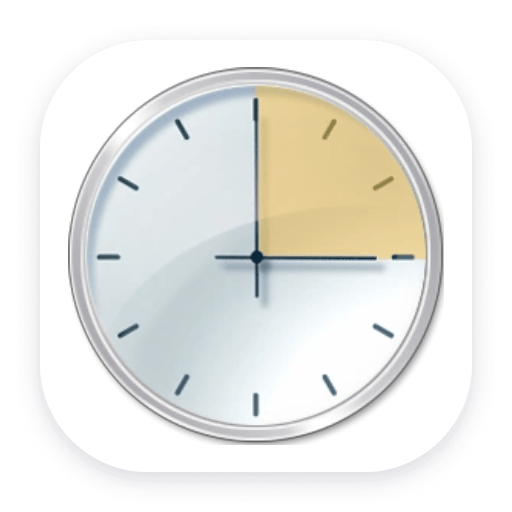
Extend the platform,
empower your team.


 Windows scheduled tasks
Windows scheduled tasks
Windows scheduled tasks
Monitor your Windows scheduled tasks and alert on execution issues.
Extension- Product information
- Release notes
Overview
This is a OneAgent extension running on Windows servers. Every minute, the extension interrogates the system for details about your configured scheduled tasks and sends Dynatrace the current state each task is in along with the time that passed since their last executions.
A problem is created automatically for any task which registered an operational failure (failed to launch, execute, or complete). Additionally, problems can also be enabled for tasks which are taking longer than expected to complete or ones which have missed their expected scheduled execution.
Use cases
- Track the state of scheduled tasks
- Alert on failed executions, hanging tasks, and missed runs
Compatibility information
- Microsoft Windows 2012 R12 and newer.
- Minimum OneAgent version 1.275.0
Extension content
Full version history
Full version history
Improved in this version:
- New log attributes have been added to log entries: last_state_change, last_run_at, and time_since_run.
Full version history
⚠️IMPORTANT CHANGE
- Dynatrace minimum EEC version requirement has been increased to 1.318.0
Fixed in this version
task.statenow displays the correct state when available instead ofUnknownin logs.
Full version history
Fixed in this version
- Metric metadata for 'Time since execution' metric now indicates "seconds" as its unit
New in this version
- An overview dashboard for the latest platform
- UI visualization that is compatible with AppEngine
- Security Context is now extracted as entity attribute
Full version history
Fixed in this version:
- Incorrect time conversions would cause wrong alerting behaviour for custom timeouts & frequencies
Full version history
Fixed in this version:
- Only the final error event would open a Problem. Now all failure-indicating events open problems.
Full version history
Fixed in this version:
- Problem details would not be fully parsed resulting in less problems open
- Metrics were not linked to tasks found in root location (
\)
Full version history
Fixed in this version:
- Tasks would not be recognized correctly on French locale systems
Improved in this version:
- A larger timeframe with buffer are employed to work around any potential delays from Windows Log Event writing
- The Event ID is included in any problems triggered from a Task Scheduler Event
Full version history
New in this version:
- A configuration parameter to allow supressing alerts from certain Windows Events. This allows modifying the default list of events for which the extension would open a Problem.
Full version history
Fixed in this version
- In very rare cases some events might be skipped due to event log delays
Full version history
🪲 Fixed in this version:
- Tasks with similar names would sometimes be conflated in Dynatrace.
Full version history
✨ New in this version:
- Added the option to auto-discover scheduled tasks.
- Added an overview dashboard.
🪲 Fixed in this version:
-
The custom task frequency setting was being incorrectly interpreted as hours instead of minutes. ⚠️If you were previously using custom task frequency, this fix may lead to a higher number of problems being raised as the value is now properly interpreted.⚠️
-
Tasks with timeout
PT0S(no timeout) were being incorrectly classified as having a 0 second timeout.
Full version history
🪲 Fixed in this version:
- Checking missed runs would error due to variable reference before assignment
- Extension signature was updated to the new Dynatrace certificate
Full version history
🪲 Fixed in this version:
- Task 'name' reference would cause errors when checking timeouts
Full version history
🪲 Fixed in this version:
- Time since execution metric not always being reported
🚀 Improved in this version:
- Logging is more detailed, giving information about the extension activity
Full version history
🪲 Fixed in this version:
- Missing import would cause datasource restart
Full version history
🪲 Fixed in this version:
- Extension crashes if the task definition file doesn't declare a URI
Full version history
⚠️ Breaking changes:
- As the extension has been redeveloped to remove the dependency on Powershell, the extension configuration options have also changed
- This means existing configurations cannot be migrated and must be recreated
- The manual data collection mode is no longer available
✨ New in this version:
- All task events (from Windows Event Log) can be ingested in Dynatrace
- Task frequency and timeout can be auto-detected for alerts
- Logs ingested are displayed on the Task page
- Problem details provide more detailed information about the error code
🚀 Improved in this version:
- Tasks monitoring no longer relies on Powershell for gathering the data
- Task information is read from the Windows event log
Full version history
🪲 Fixed in this version:
- Failed status "1" (0x1) not handled by the extension
Full version history
No release notes


